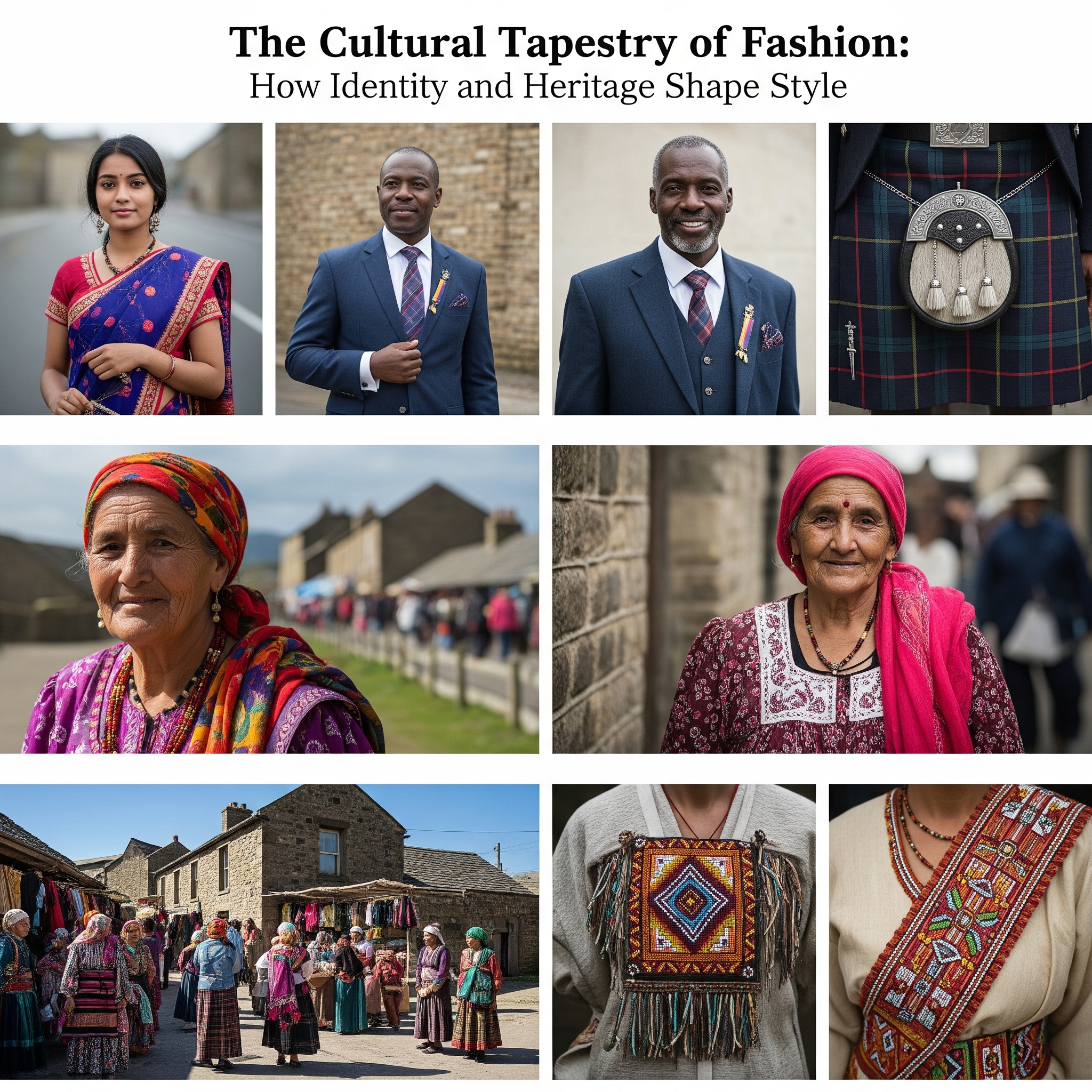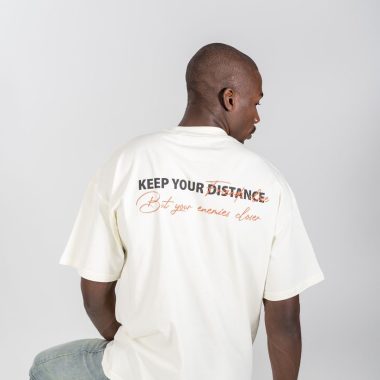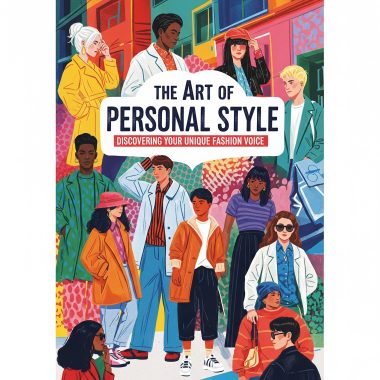Fashion, at its heart, is a profound expression of culture. It is a visual language that narrates stories of identity, heritage, beliefs, and societal structures. Far beyond mere aesthetics, the clothes we wear are deeply intertwined with our collective past and present, reflecting customs, traditions, and the unique spirit of communities around the world. Understanding fashion through a cultural lens reveals a rich tapestry where every stitch, pattern, and silhouette carries layers of meaning, connecting individuals to their ancestral roots and broader societal narratives.
One of the most striking examples of fashion as a cultural artifact is seen in traditional attire. From the intricate kimonos of Japan to the vibrant saris of India, the elaborate kilts of Scotland, or the colorful dashikis of West Africa, each traditional garment is a symbol of national or ethnic identity. These clothes are often imbued with specific cultural significance, worn during ceremonies, celebrations, or to mark rites of passage. The choice of colors, fabrics, embroidery, and even the way the garment is worn can convey status, marital status, religious affiliation, or regional origin. These garments are not just costumes; they are living testaments to centuries of cultural evolution, passed down through generations, preserving history and collective memory.
Moreover, fashion acts as a dynamic mirror of social hierarchy and class. Historically, clothing was a clear indicator of one’s position in society, with sumptuary laws often dictating what certain classes could or could not wear. While such rigid distinctions are less common today, subtle cues in fabric quality, brand association, and sartorial choices still communicate socio-economic status. However, fashion also serves as a tool for social mobility and aspiration, allowing individuals to “dress for success” or emulate styles associated with higher echelons, reflecting shifts in societal values and the pursuit of upward mobility.
Religious beliefs and moral codes also exert a powerful influence on dress. Modesty, for instance, is a core principle in many religions, leading to specific dress codes that govern coverage, fit, and gender separation. The hijab in Islam, the monastic robes in Buddhism, or the modest attire of Orthodox Jewish communities are all direct manifestations of religious tenets translated into sartorial practices. These garments are not merely external coverings but profound expressions of faith, commitment, and personal devotion, linking the individual to a broader spiritual community.
Beyond traditional and religious attire, fashion also reflects the cultural exchange and globalization that have shaped modern societies. The fusion of Western and Eastern aesthetics, the adoption of African prints in European designs, or the influence of Japanese streetwear on global trends all highlight the permeable boundaries of cultural expression through clothing. This cross-pollination enriches the global fashion landscape, fostering new forms of creativity while sometimes raising questions about cultural appropriation versus appreciation.
Finally, fashion plays a crucial role in shaping national identity and pride. Major sporting events, national holidays, or political movements often see a surge in the display of national colors, symbols, or culturally resonant garments. This collective sartorial expression fosters a sense of unity and belonging, allowing individuals to outwardly demonstrate their connection to their homeland and shared heritage.
In conclusion, fashion is an inseparable part of the cultural tapestry that defines human societies. It’s a powerful, non-verbal communicator of identity, heritage, social standing, and belief systems. By understanding the cultural nuances embedded in clothing, we gain a deeper appreciation for the diversity of human experience and the intricate ways in which we express who we are, where we come from, and what we believe, through the very fabric of our lives.




